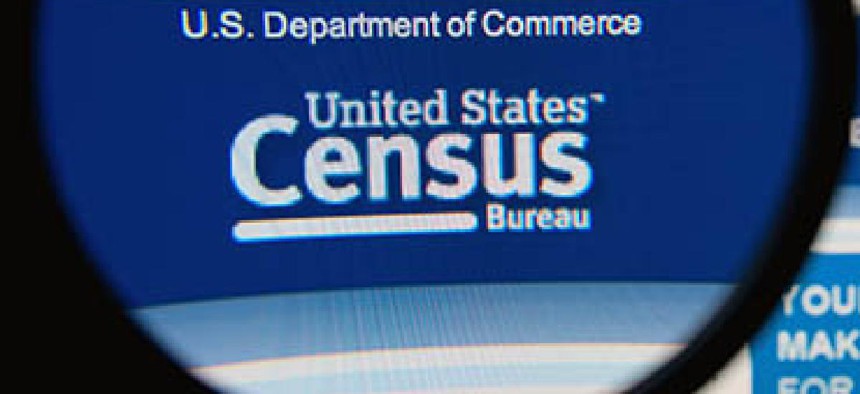Census moves ahead with 2017 testing plans

The Census Bureau is seeking public feedback on its plan to use Puerto Rico as a proving ground for tech in advance of the 2020 enumeration.

The Census Bureau plans to employ an unprecedented scale of technology for the 2020 enumeration, but questions have been raised by legislators and watchdogs about the viability of the agency's ambitious technological plans.
In April, Census tabbed Puerto Rico as the 2017 testing ground for the new enumeration methodologies to be used in 2020's main event, and is requesting public feedback on its trial plan.
The plan estimates the time and cost burden to conduct the 2017 trial, and outlines four main innovation areas: optimizing self-response; address canvassing; testing the "update enumerate" operation; and the nonresponse follow-up procedures.
Self-respondents are those who respond to the initial question set, available both online and by traditional paper questionnaire. Address canvassing entails the door-to-door enumeration of addresses. The operation includes housing units that do not have city-style addresses or have unique accessibility challenges. Nonresponse follow-up cases include households that do not respond to the self-response portion by a certain date.
The 2017 test strategy outlines plans to pilot Internet-based questionnaires, new response categories and the refinement of new technical methodologies, such as smartphone-based data collections and the multi-lingual capabilities of Compass, the bureau's custom mobile application.
Specifically, the bureau seeks feedback on whether the proposal fulfills the purpose of the test, the accuracy of the time and cost burden estimates, ways to improve the quality and utility of the information collected as well as ways to reduce the burden for respondents.
The test area in Puerto Rico spans three municipalities and comprises around 123,000 housing units, compared to the 131 million-plus units counted in the 2010 Census. The bureau estimates the test time burden will exceed 34,000 hours.
Of the estimated 203,000 total respondents in the 2017 test, the bureau estimates 95,000 will self-respond, 77,000 will be the total for nonresponse follow-up cases, 30,800 will be the total for update enumerate cases and 200 cases will require phone calls to elicit responses.
Comments are due by Sept. 19. The bureau plans to begin hiring staff to conduct the test in October. The test itself is scheduled to begin April 1, 2017.





